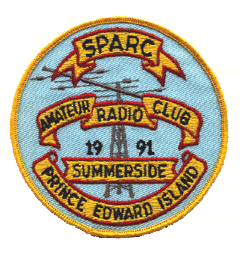
Automatic Position Reporting System
APRS is an amateur radio based digital communications system for local, tactical, real-time exchange of information among all members of a net, including map based displays for stiuational awareness. It was developed by Bob Bruninga, WB4APR∞, who currently works at the United States Naval Academy.
Capabilities
APRS is used to transmit real-time information such as messages, bulletins, announcements and the locations of any stations or objects via amateur packet radio protocols. Real-time reporting of station position for mobiles is facilitated using the Global Positioning System. APRS is capable of transmitting a wide variety of data including weather reports, short text messages, radio direction finding bearings, telemetry data, and storm forecasts. These reports can be combined with a computer and mapping software to show the transmitted data superimposed on a variety of map displays.
Technical Information
In its most widely used form APRS is transported over the air using the AX.25 protocol at 1200 baud Bell 202 audio frequency-shift keying on frequencies located in the amateur 2-meter band (see Frequencies). An extensive digital repeater, or digipeater network provides transport for APRS packets on these frequencies. Internet gateway stations (i-Gates) connect the on-air APRS network to the APRS Internet System (APRS-IS), which serves as a worldwide, high-bandwidth backbone for APRS data. Stations can tap into this stream directly. Databases connected to the APRS-IS allow web-based access to the data as well as more advanced data mining capabilities. A number of low-earth orbiting satellites and the International Space Station are capable of relaying APRS data.
To see a person’s position please enter their callsign in place of the xxxxxx’s and add an asterisk at the end to catch all the SSID’s.
http://www.aprs.fi/?call=xxxxxx*
